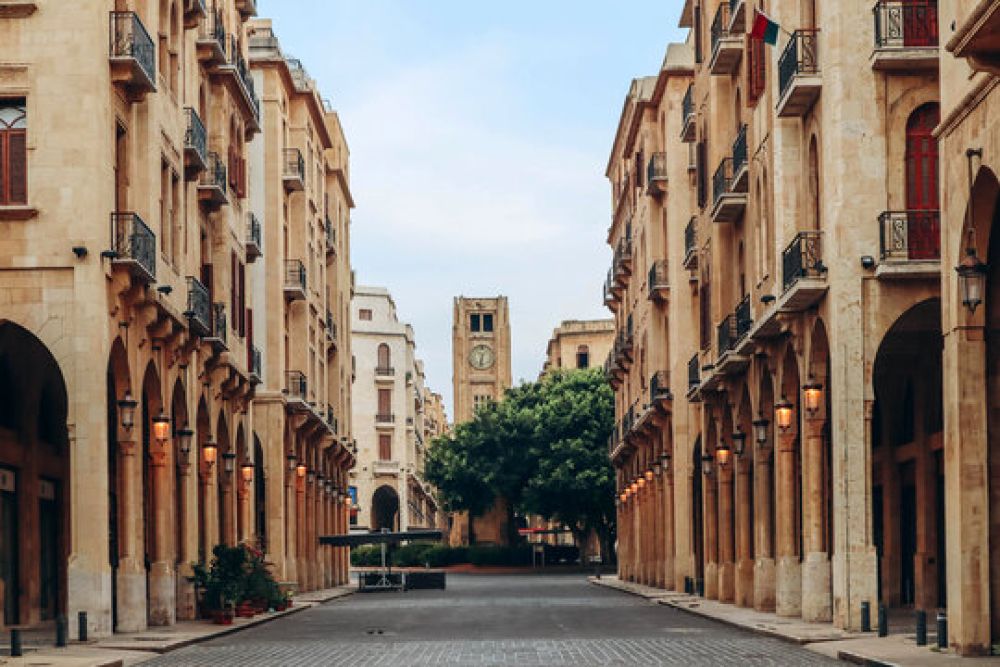

The Beirut Central District, also known as Centre Ville, is the vibrant heart of Lebanon's capital. With a rich tapestry that weaves together periods of Phoenician, Hellenistic, Roman, Ottoman, and French colonial influences, it has been the focal point of tourism in Beirut for decades.
Tourism in Beirut Central District can be traced back to the early 20th century when Lebanon was under French Mandate. The French influence notably shaped the city's architecture and urban planning, laying the foundations for a tourism industry that celebrated Beirut's culture, history, and cosmopolitan appeal. Following Lebanon's independence in 1943, Beirut rapidly rose to prominence as a major commercial and touristic hub. Its golden era during the 1960s and early 1970s saw Beirut dubbed the "Paris of the Middle East" due to its unique blend of Eastern and Western cultures.
However, the Lebanese Civil War, which lasted from 1975 to 1990, greatly disrupted the city's flourishing tourism sector. The Beirut Central District was one of the areas most affected by the conflict, with many historic buildings and cultural sites damaged or destroyed. After the war, a comprehensive plan to rehabilitate the district was led by Solidere, a public-private company established in 1994 to rebuild the area.
The reconstruction efforts aimed to restore Beirut Central District's historical landmarks while introducing modern infrastructure conducive to tourism and business. A combination of archaeology, restoration, and new development transformed the district into an attractive destination for both international and domestic tourists.
Today, Beirut Central District houses some of the most significant attractions and landmarks in Lebanon, including Martyrs' Square, the Roman Baths, and the Beirut Souks. The region's renovated pedestrian areas, posh boutiques, upscale restaurants, and vibrant nightlife continue to draw visitors.
In recent years, Beirut Central District has seen an eclectic mix of cultural events, from art exhibitions and music festivals to street performances, which have further enriched its touristic appeal.
The latest trends in the tourism sector of Beirut Central District focus on heritage conservation and sustainable development. There is a growing awareness and initiative to preserve the city’s cultural identity while fostering an environment-friendly approach to urban living.
In addition to cultural tourism, there is an increasing interest in experiential travel—where visitors seek to immerse themselves in the local way of life. Culinary tours, historical walking tours, and interactive workshops that showcase Lebanese crafts and traditions are becoming popular.
Despite challenges, including political upheavals and the devastating port explosion in August 2020, Beirut's resilience and the unwavering spirit continue to keep its tourism sector afloat. With a keen focus on rebuilding and revitalizing, Beirut Central District's commitment to its historical roots and future potential remains steadfast, embodying the indomitable spirit of Lebanon's capital city.